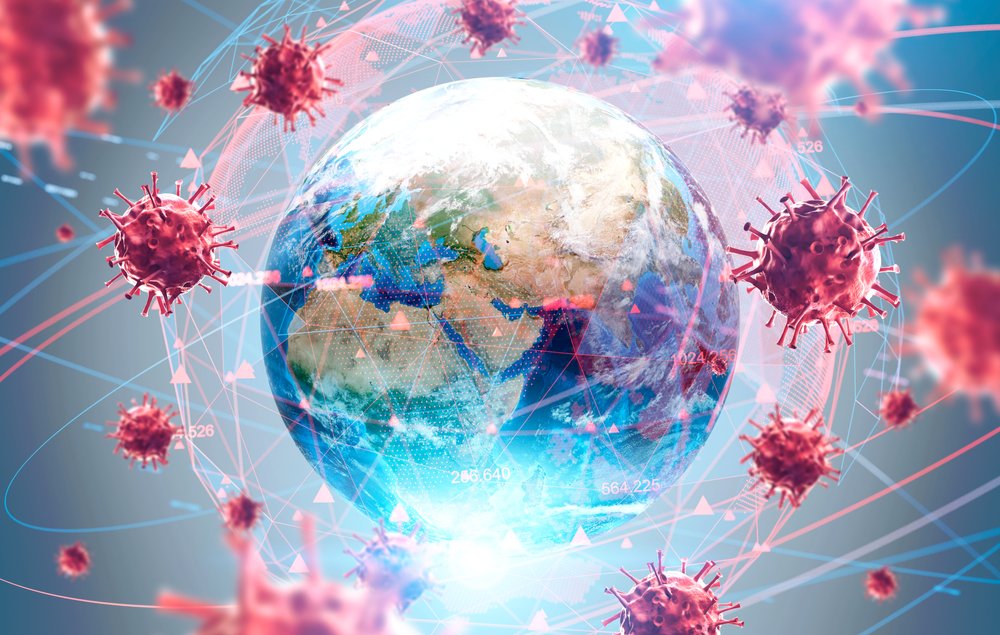
COVID-19, first identified in December 2019 and declared a global pandemic in March 2020, has taken a toll on everyone around the world. After months of varying levels of lockdown and quarantine, people are developing pandemic fatigue, and craving human contact and normalcy again. This, coupled with the reopening of the nation, businesses reopening, and schools back in session, many people are relying on COVID-19 testing to say they are “safe” and not infected with the virus. Although COVID-19 testing to identify individuals who are infected is crucial in containing the spread of virus as well as understanding this pandemic, there are numerous limitations to COVID-19 testing.
1. Testing relies on the right test being done at the right time. Most places just advertise “COVID-19 testing,” and many people do not understand the differences between the various tests available – PCR, antigen testing, and antibody testing. Many do not know which test to get nor when to get tested. For example, people often do not know it takes time for the virus to replicate within a host following infection and therefore takes time before showing up positive on a PCR or antigen test. Therefore, getting tested immediately after exposure to a COVID-19 positive patient may yield a negative test. Many people get tested the morning after a large family gathering to ensure they did not contract COVID-19, and often they will test negative on a viral test, only to develop symptoms a few days later and then test positive on a repeat viral test. Furthermore, some tests state how and when their tests should be utilized – only among symptomatic patients, within a certain timeframe since the onset of symptoms, etc.
2. Tests are new, and limited validation has been done. Tests are being produced as fast as possible. After limited lab testing (which is often only on a few hundred samples), some of these tests are granted emergency use authorizations (EUA) by the FDA. It is not until these tests are used on a large scale with the general public, when high rates of false-negative and false positives are noticed. Many rapid antibody tests have already had their EUAs revoked. Recently, many rapid antigen tests have also been under scrutiny for having much higher rates of false positives than their advertised “100 percent specificity” (which, in other words, mean zero false positives).
3. Test accuracy relies on adequate nasal swab collection and reading of qualitative antibody tests. Most viral tests (PCR and antigen tests) involve nasal, nasopharyngeal, or oropharyngeal swabs. These tests depend on collecting an adequate sample. With some places allowing patients to take their own swabs or having inexperienced individuals obtain these samples, there is a chance of inadequate samples, which leads to false negatives. Many rapid antigen tests are qualitative tests, which indicate the presence of antibodies by the presence of a colored band on the test cassette. Depending on the color band intensity, there can be high levels of reader error from inaccurate interpretation.
4. Testing itself does not prevent the spread of infection. Lastly, testing itself does not prevent the spread of infection. Individuals who test positive still need to isolate to prevent the spread of infection to others. Ultimately, hand washing, wearing masks, and social distancing are still the most effective strategies in preventing the spread of the virus.
COVID-19 testing is crucial in identifying individuals who are infected to allow isolation and to curtail further spread of infection. It is also needed from a public health perspective to understand the pandemic. To ensure testing is useful, however, it is crucial to utilize the appropriate test, at the right time, in the required situation. All these tests, including PCR, antigen, and antibody testing, are important and play a role in fighting the pandemic; however, it is not a replacement for hand washing, masks, and social distancing.
Christine Lau is a physician.
Image credit: Shutterstock.com
